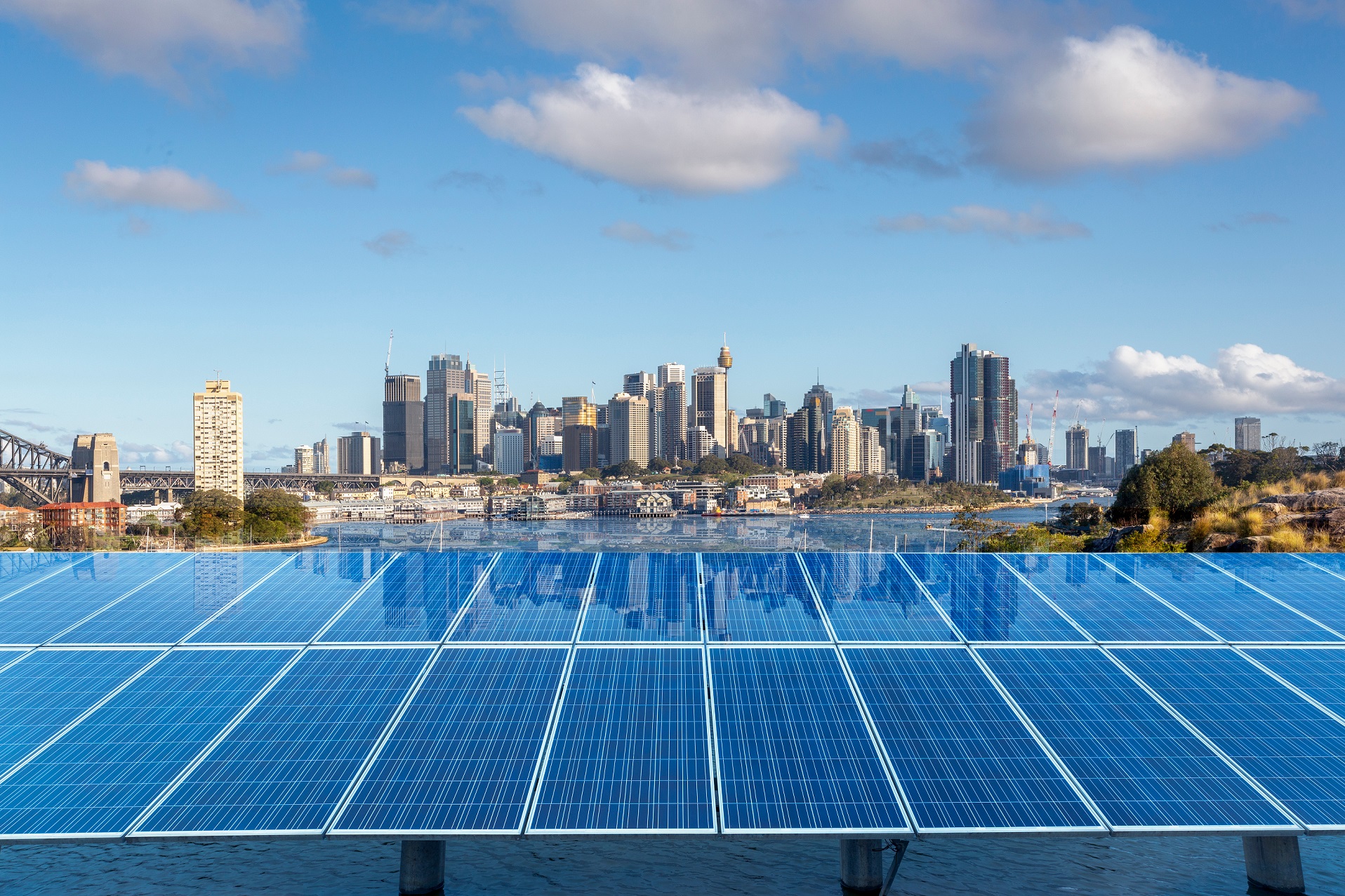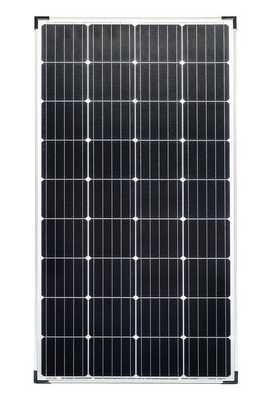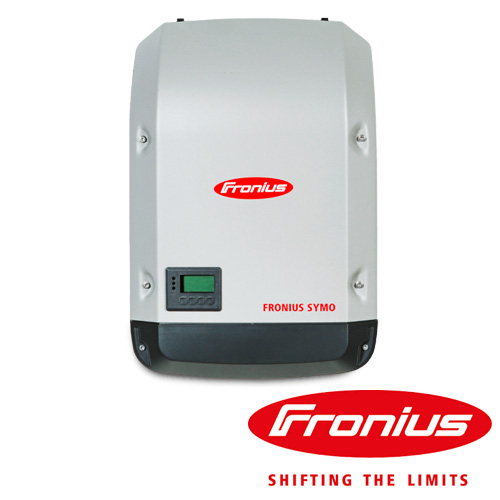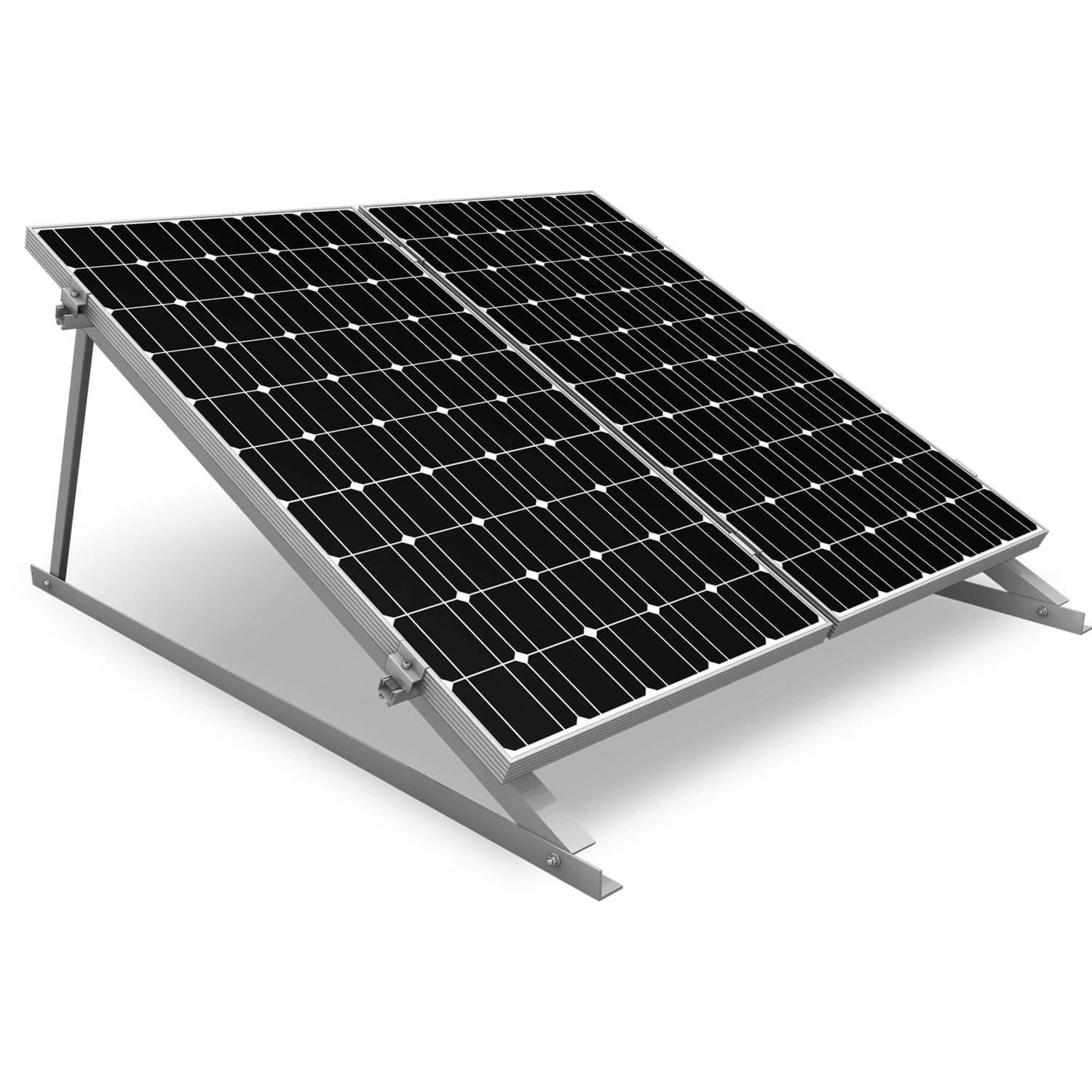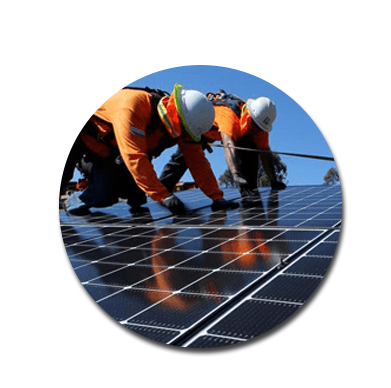Services We Provide
![]() POWERGRID SOLAR installs residential and commercial solar panels across Australia. Our products ensure the comfortable adaptation from regular & high-cost sources of energy towards a cost-effective & renewable source of energy.
POWERGRID SOLAR installs residential and commercial solar panels across Australia. Our products ensure the comfortable adaptation from regular & high-cost sources of energy towards a cost-effective & renewable source of energy.
36 X 370W = 13,320W of Solar Panels Power Output
SOLAR PANELS
High-Efficiency Solar Module
25 Years of Panel Linear Output Warranty
Local Australian Support
Proven Track Record
Online Monitoring (optional)
1 X 10KW Fronius Inverter
SOLAR INVERTER
Demonstrated Track Record
Web Monitoring (optional)
10 Years Extended Inverter Warranty
Panel Mounting Kit
MOUNTING KIT
Easy to Install
Flexible Roof Mounting Solution
Available in Tin, Tile, and Clip lock
Light Weight
Professionally Trained for Solar Installation
Qualified Experts
Solar Installation
SOLAR INSTALLATION
Professionally Trained Solar Electrician
Expert Electrician with Tons of Experience
Clean Energy Council Accredited Licensed Solar Installer
The payback period of a solar power system differs extensively depending on the initial investment for the system, the size of the system, the usage patterns of the customer, and the cost obtained as a feed-in tariff from the energy retailer. For premises that utilize small amounts of electricity & obtain the premium feed-in tariff, the payback period can be less than three years. For premises that utilize a lot of electricity & are not eligible for the premium feed-in tariff, the payback period will be closer to seven years.
A Solar System is expected to carry on with generating electricity for 25+ years if maintained. Solar Panel manufacturers guarantee that the system will continue to generate not less than 80% of their efficiency for 25 years.
The Federal Government’s financial incentives for solar power in community organizations and small businesses are the Small-scale Renewable Energy Scheme. Under this scheme, a solar power system can make Small-scale Technology Certificates that may be sold to partly offset the cost of the system. Small-scale Technology Certificates have restored the former Renewable Energy Certificates.
Feed-in tariffs are a different kind of benefit that offer ongoing financial incentive rather than upfront cost depletion. Feed-in Tariffs are basically applied to your electricity account through your energy retailer for any energy that is feed back to the grid from your Solar System. You should ask your retailer about what rate they offer per kW as Tariff rates vary.

